Archive for the ‘John Byrum’ Category
Entry 1381 — Another Peculiar “Sonnet”
Monday, February 24th, 2014
Entry 860 — More Miscellaneants
Thursday, September 13th, 2012
From the same box the other items I’ve been posting were from:
John M. Bennett sent me the cow; I don’t know who made it; I don’t know who made the piece featuring the four-suit King, or where it came from. I’m pretty sure the bottom piece is by John Byrum.
.
Entry 81 — MATO2, Chapter 1.03
Thursday, January 21st, 2010
Thursday afternoon, 28 June 1990 John Byrum dropped by and we had a nice visit. He was the first in my new circle of visual poets I met in person. I told him the story of the printing of my book after showing him my television camera and trying to take a few sequences with it. I got some footage but just a little that was any good. I had left the camera on its tripod so I could be in the picture and it didn’t work. I had everything set up right, I later realized, but zoomed in on John getting out of the car (for the second time) and forgot to unzoom, so had very little space to work with, and I and John weren’t in it much. John left me some works of his, and the latest publication of the Generator Press, a fine small book of Stephen-Paul Martin’s stuff. I gave him an inscribed copy of my book, naturally, and got rid of a few other Runaway Spoon books. I had now distributed 35 copies of Of Manywhere-at-Once, 5 of them to people who actually paid money for them! Ten or so more were slated to be given away.
John for some reason reminded me a lot of my nephew Scott. Similar coloring and kind of face (I think). John’s not as tall as Scott (he’s around five nine, I guess) but fairly solid of build. Same kind of slowish but not unintelligent geniality, too. Probably about the same age as well, or twenty years younger than I. I enjoyed his visit, and him. I’m unhappy I’m so poor at character sketches, but I suppose he was at my place too briefly to do anything truly character-revealing.

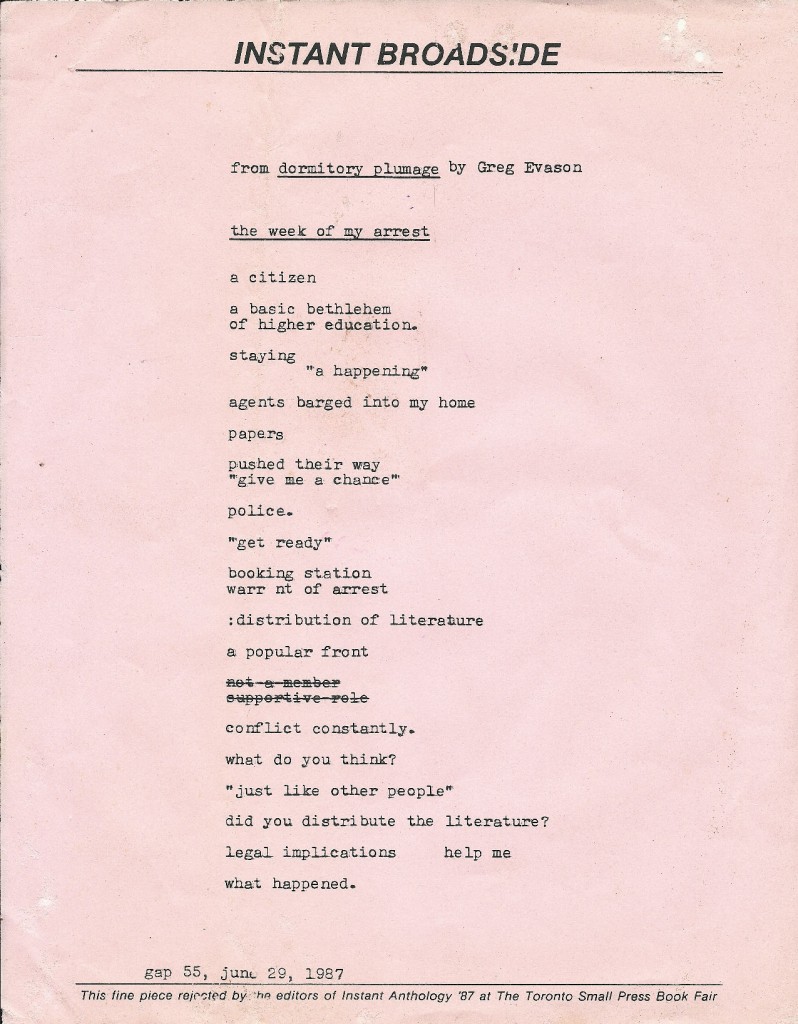
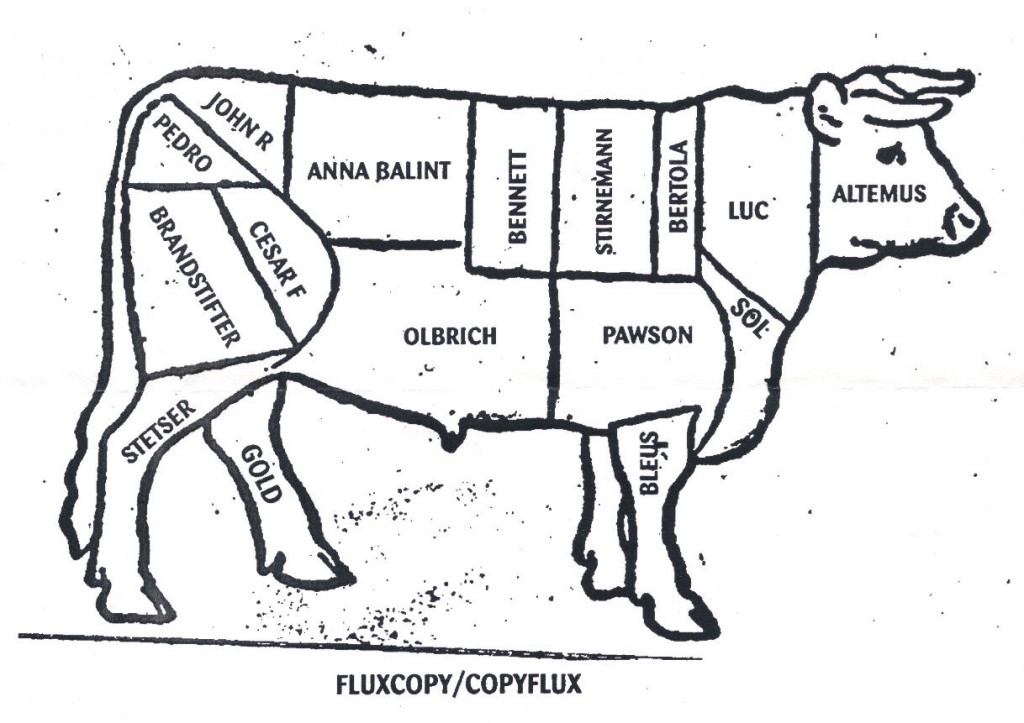
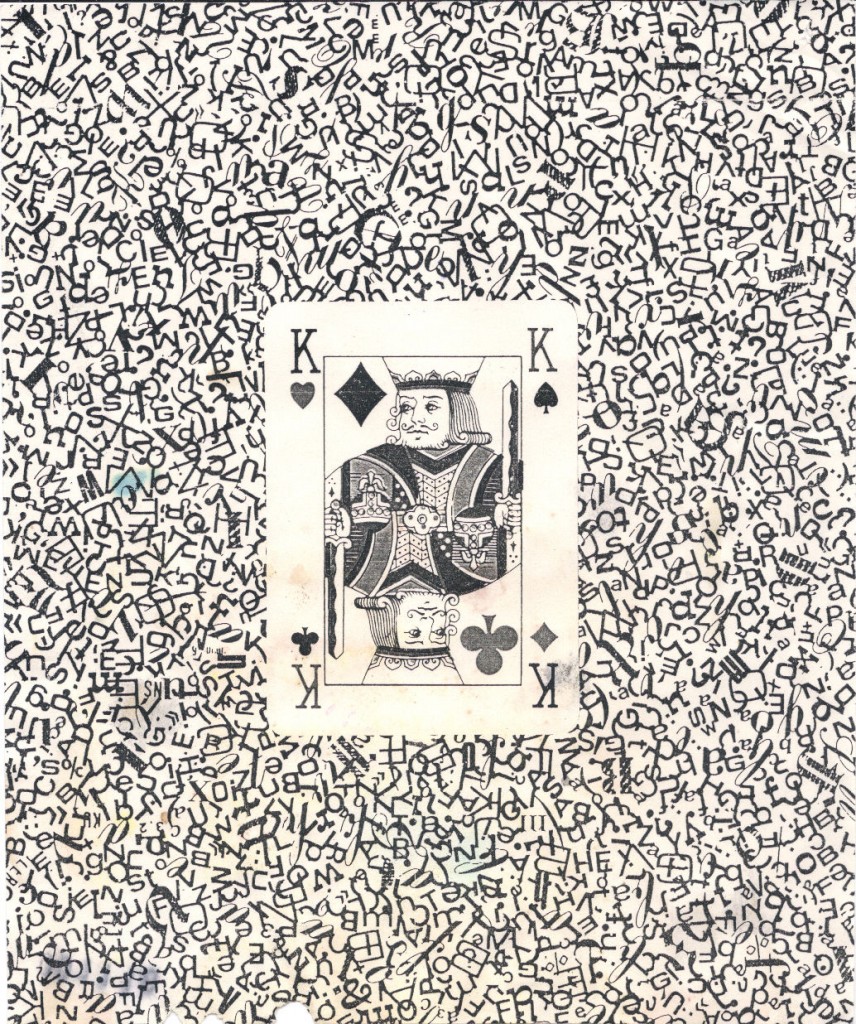

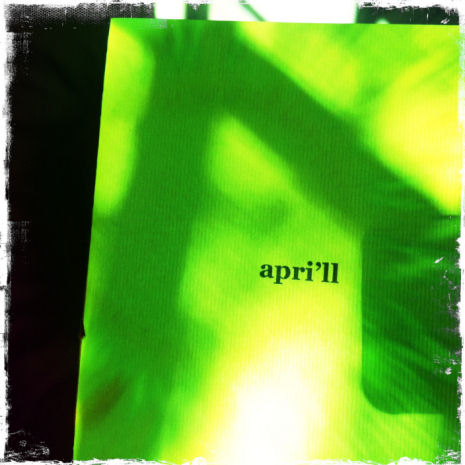


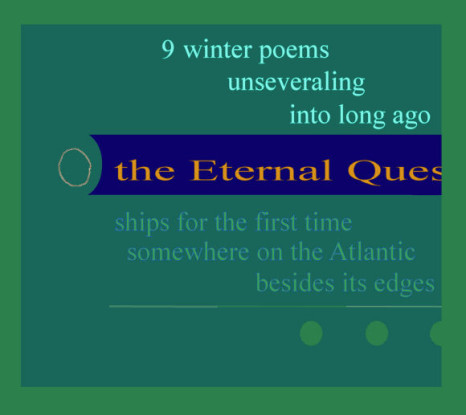
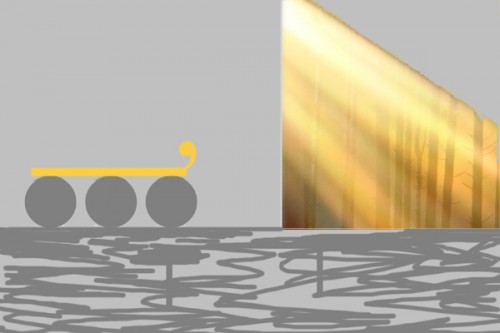



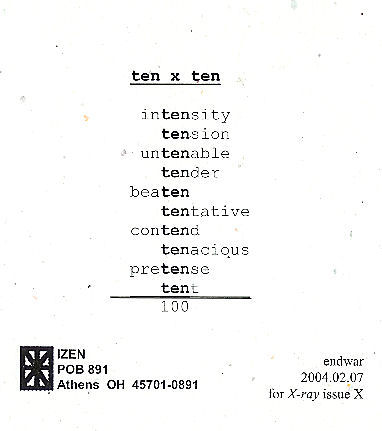 As I announced when I first posted this, I am hoping to publish an antho- logy of mathematical poems, like this one, so if you have one or know of one, send me a copy of it, or tell me about it.
As I announced when I first posted this, I am hoping to publish an antho- logy of mathematical poems, like this one, so if you have one or know of one, send me a copy of it, or tell me about it.

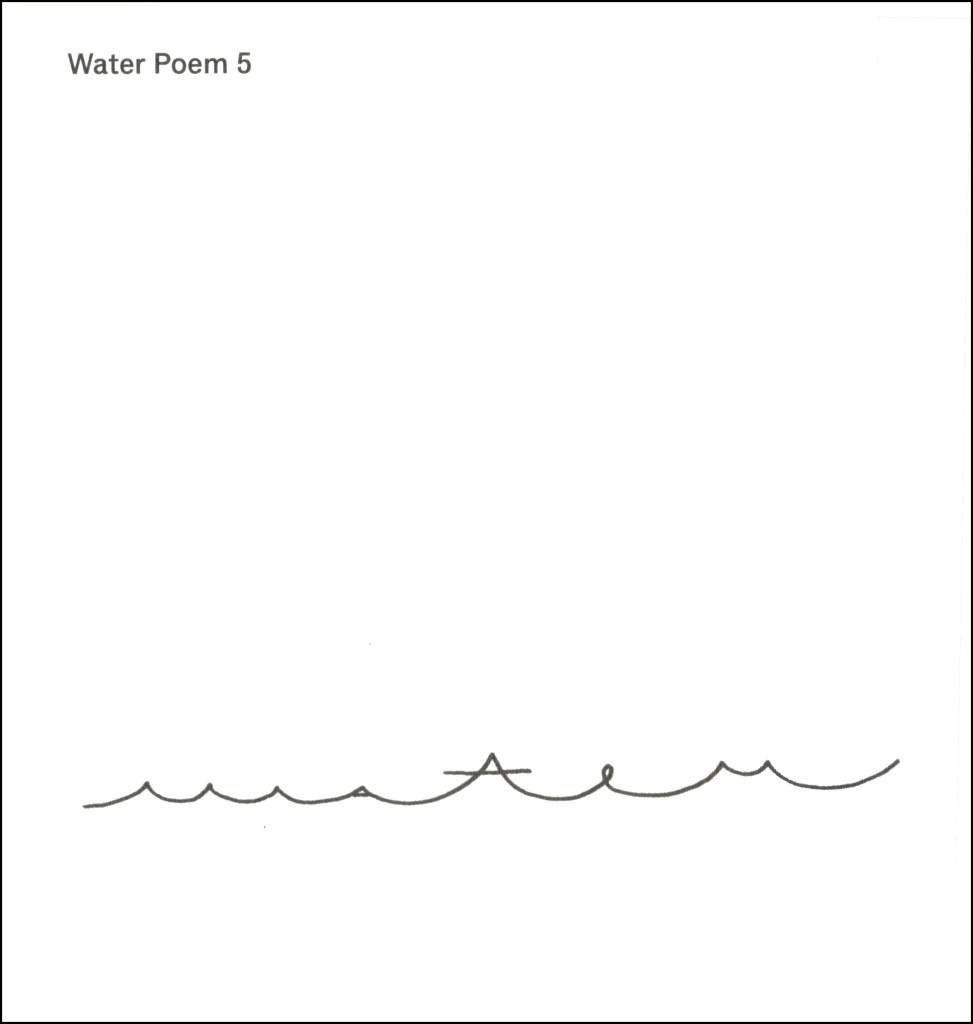

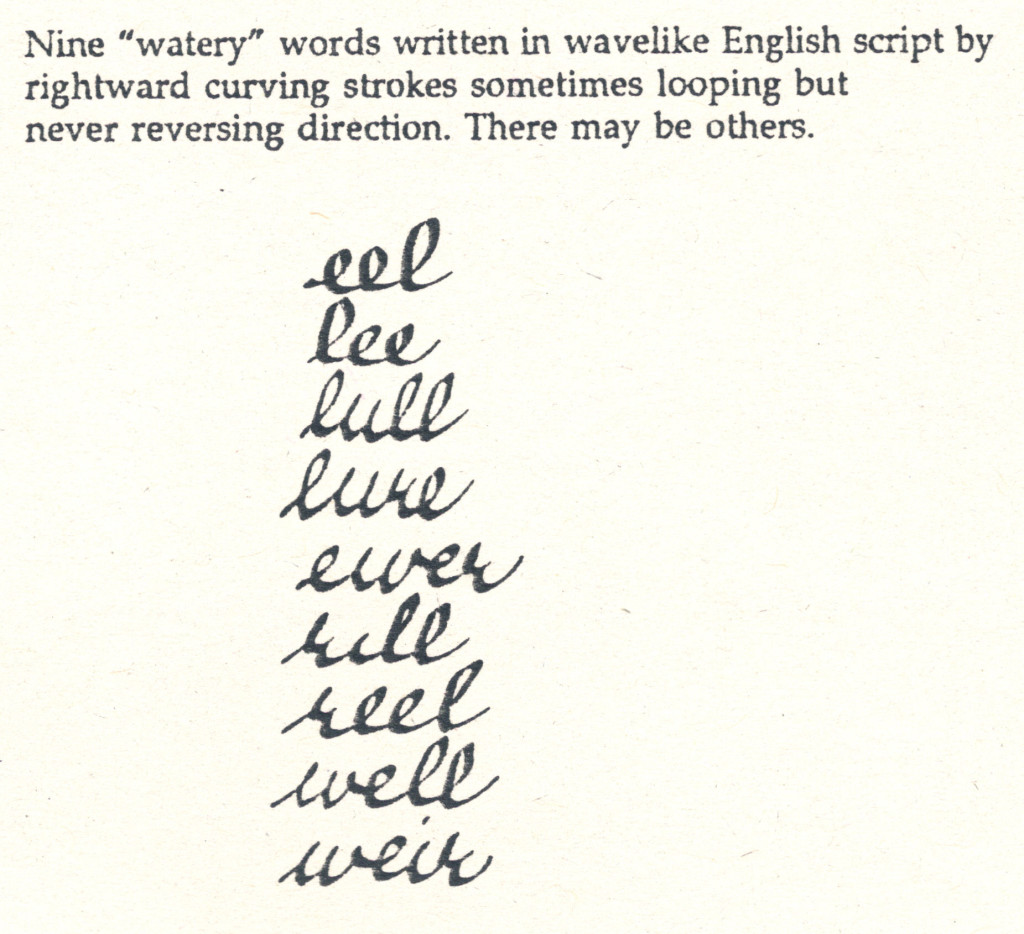
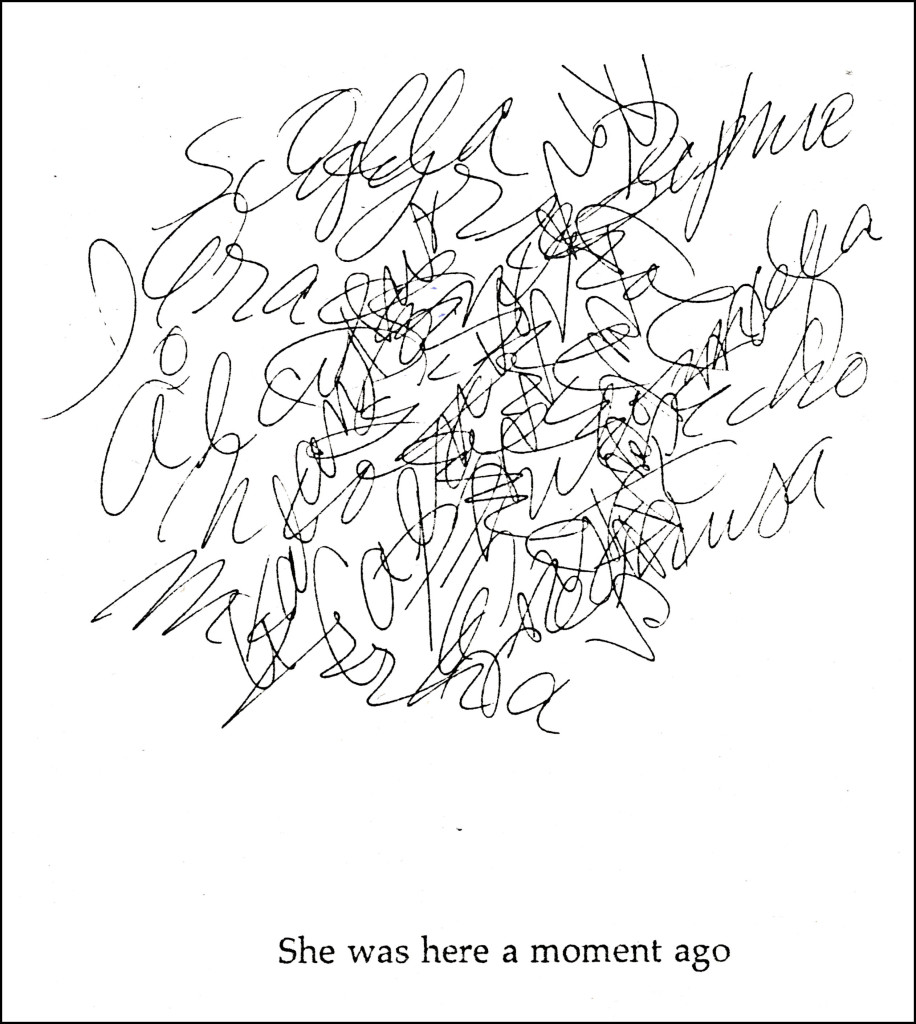
 .
.
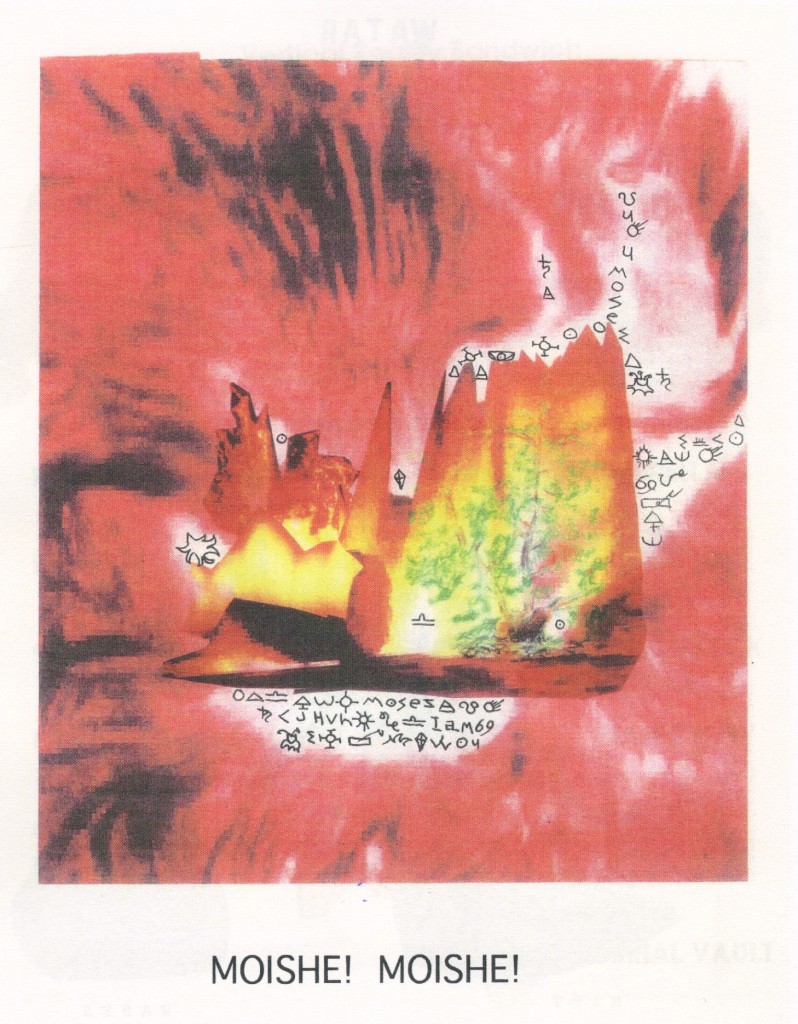
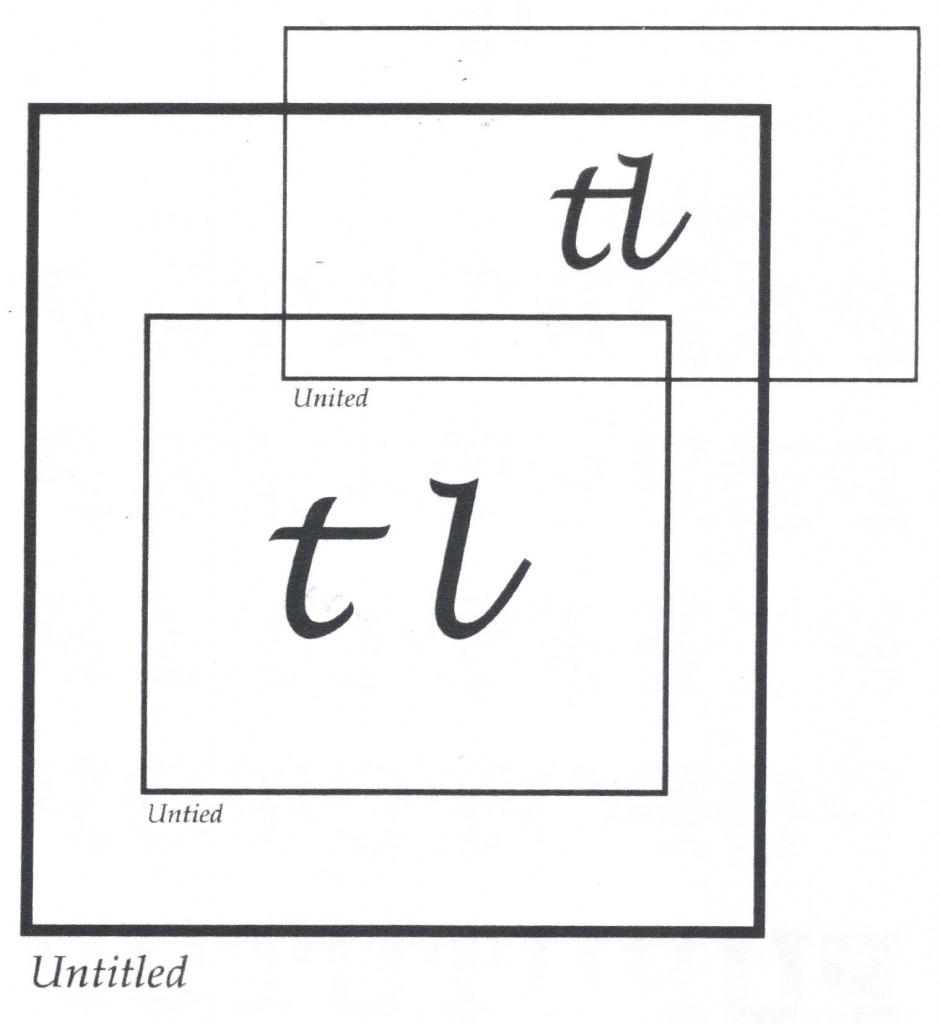




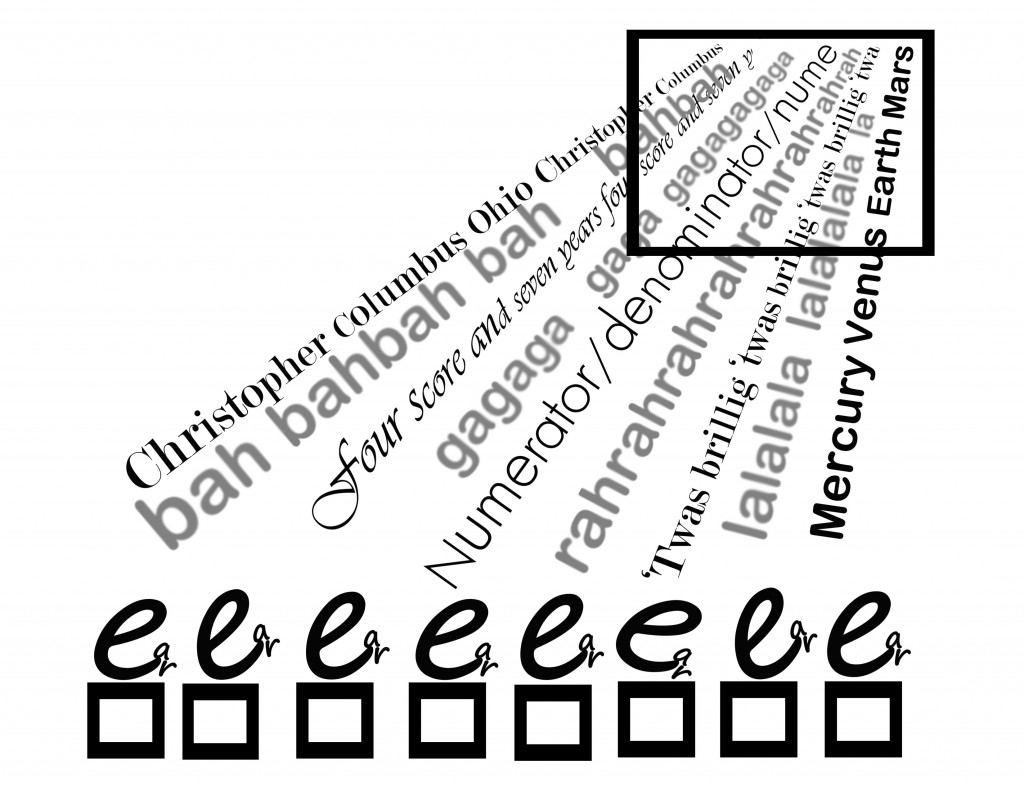


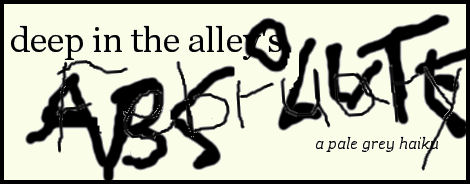





a keeper for certain
Thanks, Karl! Whether you meant mine or Marton’s! But I know you meant both, right!?
speaking of yours